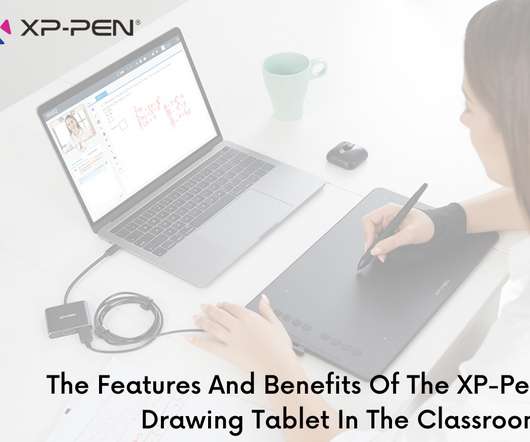EdTech Acronyms Explained
EdTech4Beginners
APRIL 2, 2017
BLearning – Blended Learning (using a range of multimedia and strategies). BYOD – Bring Your Own Device. BYOL – Bring Your Own Learning. CMS – Content Management System (a tool to build websites and apps). FC – Flipped Classroom ( click here for my guide to flipping lessons ). Windows, Android).















Let's personalize your content